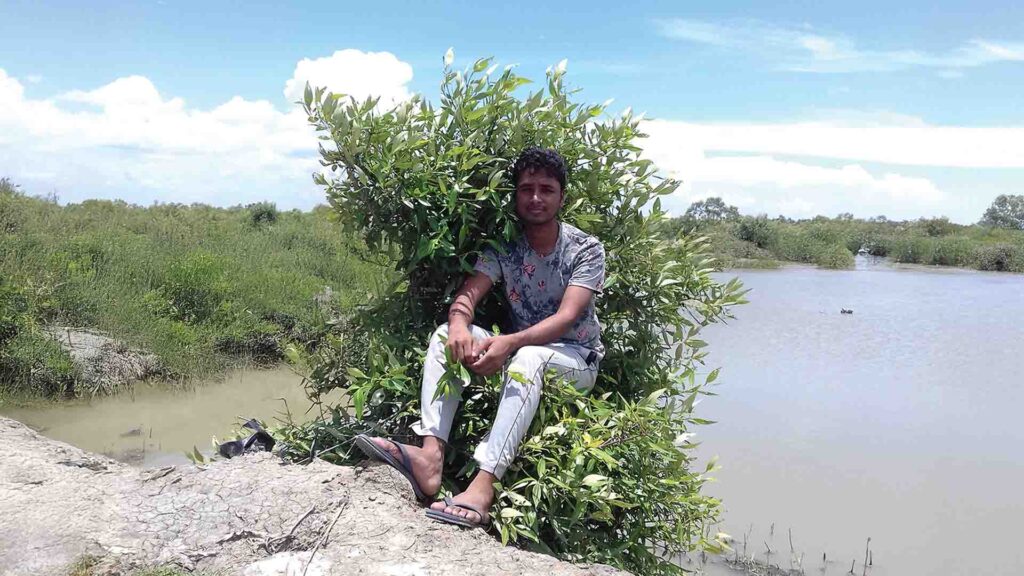
By Asgar Molla | 📍 Sundarban, India
🌊 One Forest, Many Lives
Deep in the tangled mangroves of the Sundarbans, where muddy rivers flow into the Bay of Bengal, a quiet struggle for survival unfolds every day. Here, catching mud crabs — locally known as kankra — isn’t a choice. It’s a lifeline.
I was born and raised in Bijoynagar, Gosaba, and these people — crab catchers, forest workers, boatmen — are my family, friends, and neighbors. Our lives beat in sync with the tides, the moon, and the call of the forest.
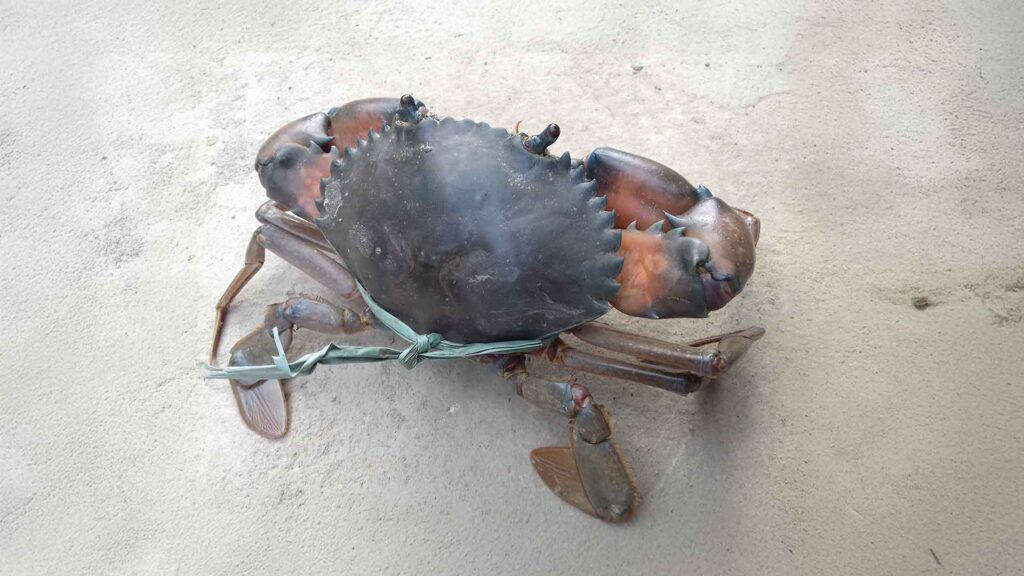
🧺 How Crab Catching Works
Before sunrise, small wooden boats begin drifting into the forest’s narrow creeks. These villagers, armed with little more than bamboo traps and courage, venture into areas few dare to go. They carry:
- 🪵 Handmade bamboo traps
- 🐟 Old fishing nets and ropes
- 🍚 A simple meal of puffed rice or leftover rice
They set bait — often fish or chicken scraps — then wait in silence, sometimes overnight. Their goal is to trap strong, live crabs that fetch a good price in the market.
But while exporters profit in crores, these hardworking villagers often return with only a few hundred rupees.
🐅 The Dangers Few Talk About
Crab catching in Sundarban is not just labor-intensive — it’s life-threatening.
- 🐯 This is Royal Bengal Tiger territory — a single mistake can be fatal
- 🐊 Crocodiles, venomous snakes, and tidal surges lurk everywhere
- ⚠️ Many enter the forest without official permits, meaning:
- No insurance
- No compensation if injured or killed
- No legal support
Every year, lives are lost. Yet, these stories remain unheard, buried in silence.
🎥 My Vlog: A Glimpse into Their World
In my upcoming YouTube vlog, I bring you raw, real, and rare footage of:
- The dense mangrove jungle and slippery, muddy paths
- Simple, leaky boats braving strong currents
- Villagers who lost loved ones to tiger attacks, yet still return
- The life behind the seafood served in hotels from Kolkata to Singapore
This is not just a vlog. It’s a reality check.
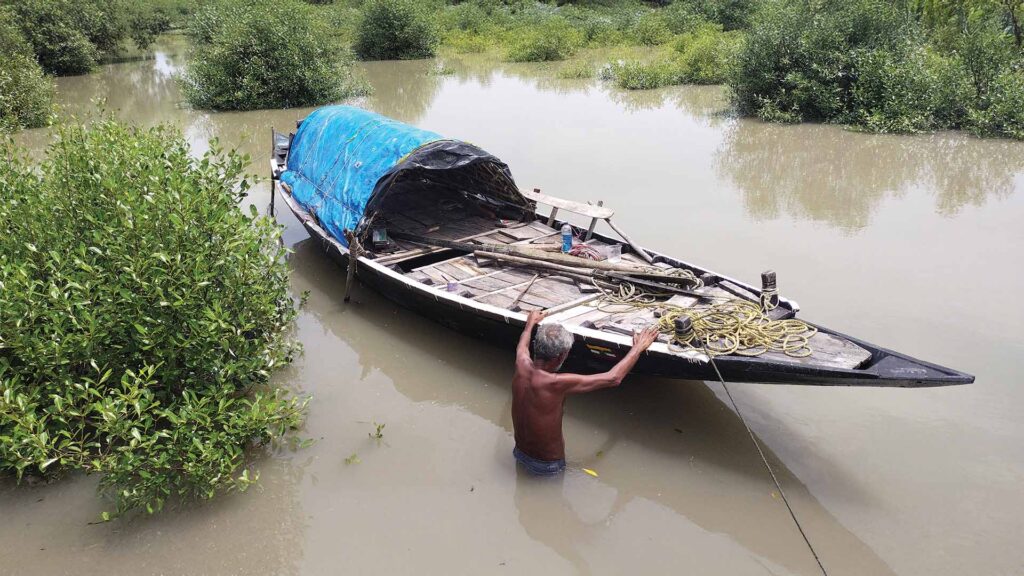
💰 Why Take the Risk?
Because in Sundarban, there is no plan B.
- 🌾 Farming is uncertain — floods, cyclones, and saline soil ruin crops
- 🏭 There are no factories, no city jobs — just river, mud, and forest
- 💸 A single day’s crab catch can earn ₹500–₹3,000 — more than regular farm labor
It’s a dangerous gamble — but better than starving.
🌍 The Big Irony
The mud crab industry in Sundarban is booming. Crabs are exported to Dubai, China, Singapore — creating massive profits.
But the very people risking their lives to sustain this industry?
Still poor. Still unheard. Still invisible.
🦀 My Personal Experience
Living in Bijoynagar, Gosaba, in the heart of the Sundarbans, I am surrounded by nature’s incredible gifts. One of the most exciting moments in my daily life is catching mud crabs from my own pond. Recently, I caught this beautiful live mud crab, which you can see in the picture above.
After catching it, I tied its claws carefully for safety and admired its strong shell and powerful pincers. These crabs are treasures of our mangrove ecosystem and are highly valued for their delicious meat. However, I decided not to keep it this time. I gently released the crab back into my pond, knowing that with time, it will grow bigger and healthier.
This practice not only ensures the sustainability of mud crabs in my pond but also gives me the joy of watching them thrive naturally. When it matures fully, the crab will be even larger and tastier — perfect for a traditional Bengali crab curry in the future.
Living close to nature in Sundarban teaches us patience and respect for the environment. By allowing the crabs to grow in their natural habitat, we support eco-friendly seafood farming while preserving the rich biodiversity of our homeland.
🙏 My Message
I didn’t read this in a book — I lived it. I know these waters, these people, and this pain.
Through this vlog and blog, my goal is to:
- 🌱 Raise awareness about the daily lives and dangers faced by Sundarban crab catchers
- 👷♂️ Advocate for forest permits, safety gear, and life insurance for all
- 🎥 Celebrate the spirit of resilience in my community
So, next time you enjoy a spicy Bengali crab curry, think of the mud, sweat, and struggle behind every bite.
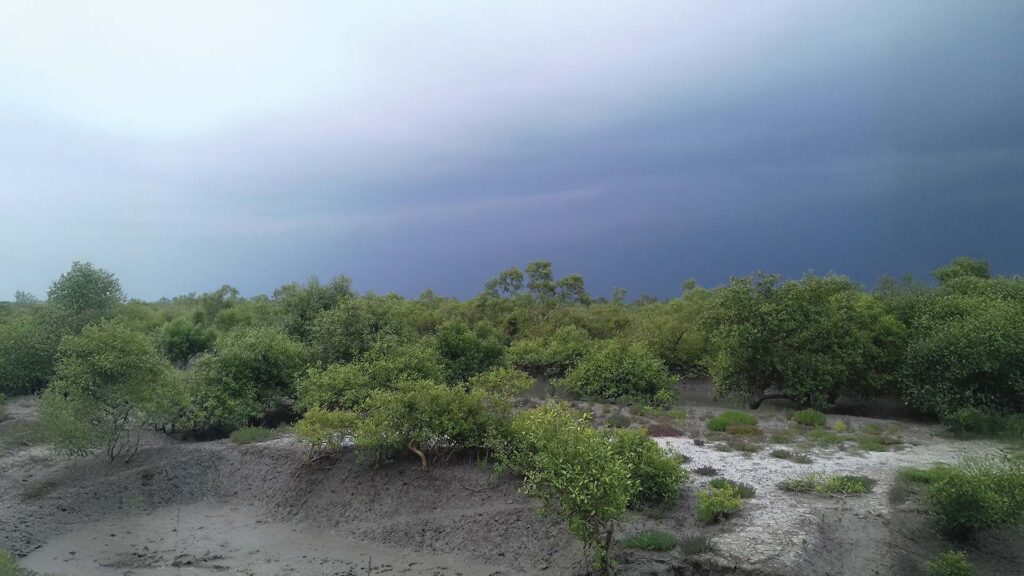
Table of Contents
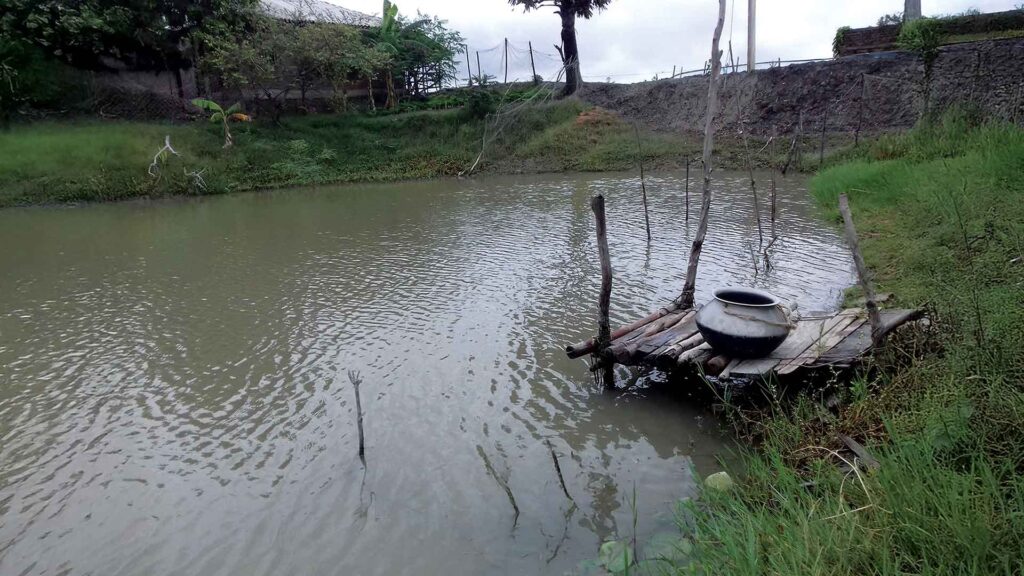

Best Fails of The Week 😂 Funniest Fails Compilation 2025 | Viral Funny Videos & Memes
Everyone loves a good laugh, and nothing beats watching the Best Fails of the Week. From hilarious accidents to prank

Best Funny Fails Compilation 2025 😂 Try Not to Laugh Moments from Around the World
Introduction If you’re looking for a good laugh, you’ve come to the right place! Our latest Funny Fails Compilation 2025

Sundarban Crab Farming – From Our Pond to Market | Asgar Molla’s Success Story
Introduction – Life by the Water in the Sundarbans In the heart of the Sundarbans, where mangroves guard the coastline
